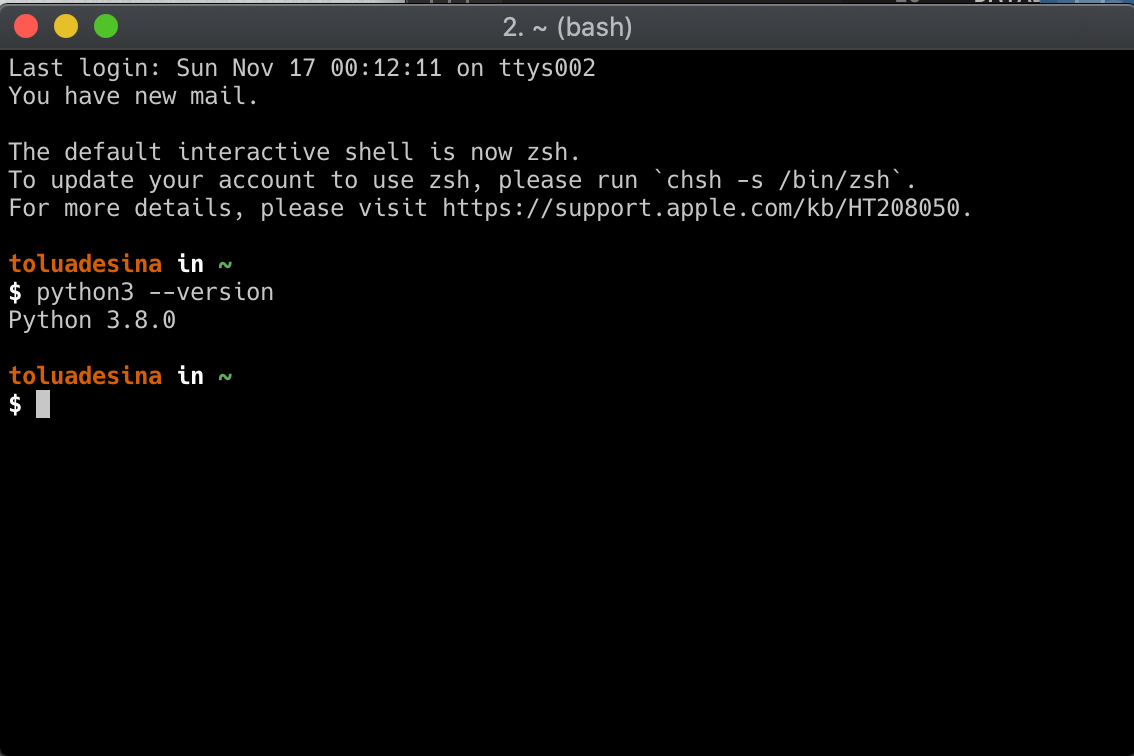

- #Mac install pip for python 2.7 how to
- #Mac install pip for python 2.7 download
- #Mac install pip for python 2.7 windows
#Mac install pip for python 2.7 how to
This command is: sudo easy_install pip How to install pip on Linux? But if you have the old version of python and want to install pip on your macOS, you just need to write a simple terminal command to install pip for the corresponding version of installed python.

MacOS is the only operating system that comes with the preinstalled, latest version of python and pip.
#Mac install pip for python 2.7 windows
Now you have installed pip on your windows successfully.Use command python get-pip.py and run the file.Now open your command prompt ( (win+r) + cmd) and navigate to the get-pip.py downloaded file.
#Mac install pip for python 2.7 download
Note: If you are using the old Python 3.2 version, download this python file as get-pip.py and save it on your system.

If you are using the Python 2.7 (or greater) or Python 3.4 (or greater) versions of python then you do not need to install PIP, because Python comes with a compatible version of PIP by default.

By now, PyPI has more than 130,000 packages on its repository. PIP itself uses PyPI as the source to install all the python packages. PyPI stands for “Python Package Index” and it is the official central library for all the python packages, which means it consists of all the registered and licensed python packages. If you want to install popular third-party packages, such as NumPy, pandas, and TensorFlow for your project, you just need to open the command prompt or terminal on your system and type the pip install command to install any package or Library which are at PyPI. By using the pip command, you can install, reinstall, update, and uninstall the PyPI package. PIP stands for “Preferred Installer Program” and it is a command-line utility that helps you to manage your python third-party packages. In python, you do not need to manage any of the installed packages, PIP will take care of everything. Please migrate to Python 3.Python is well known for its simplicity and ease, that’s why it also makes sure that you can easily install any third-party package and/or library for your project just by writing a simple one-line pip command. Note: pip 21.0, in January 2021, removed Python 2 support, per pip’s Python 2 support policy. We want your input, so sign up for our user experience research studies to help us do it right. In pip 20.3, we’ve made a big improvement to the heart of pip learn more. We release updates regularly, with a new version every 3 months. Please take a look at our documentation for how to install and use pip: You can use pip to install packages from the Python Package Index and other indexes.


 0 kommentar(er)
0 kommentar(er)
